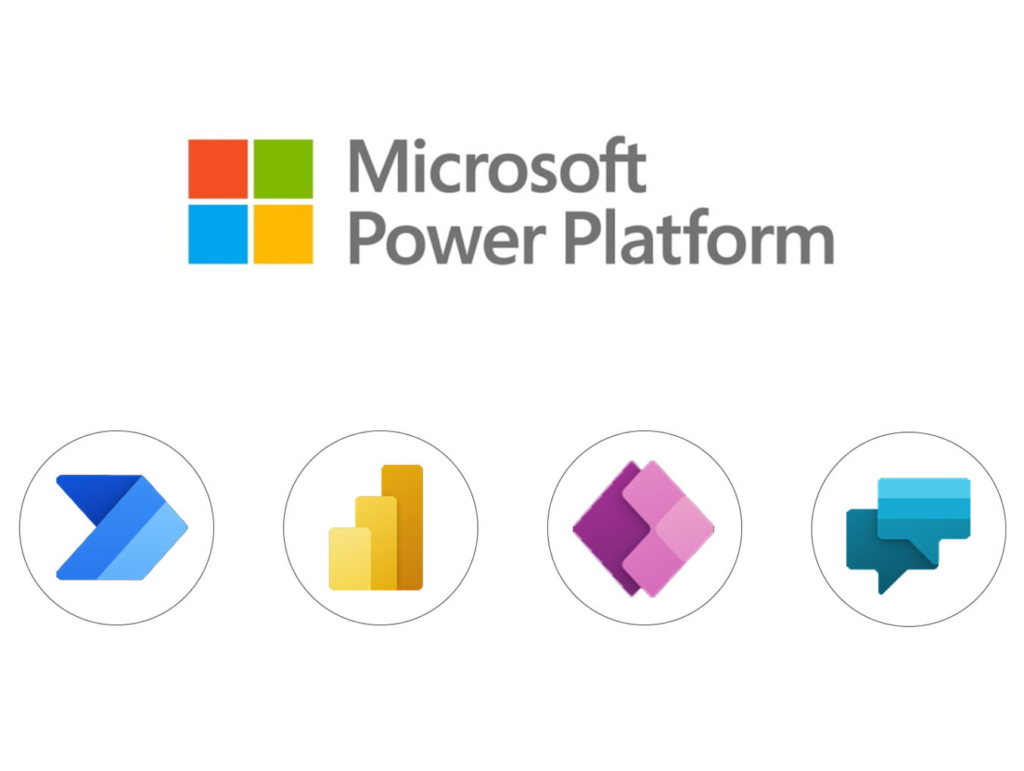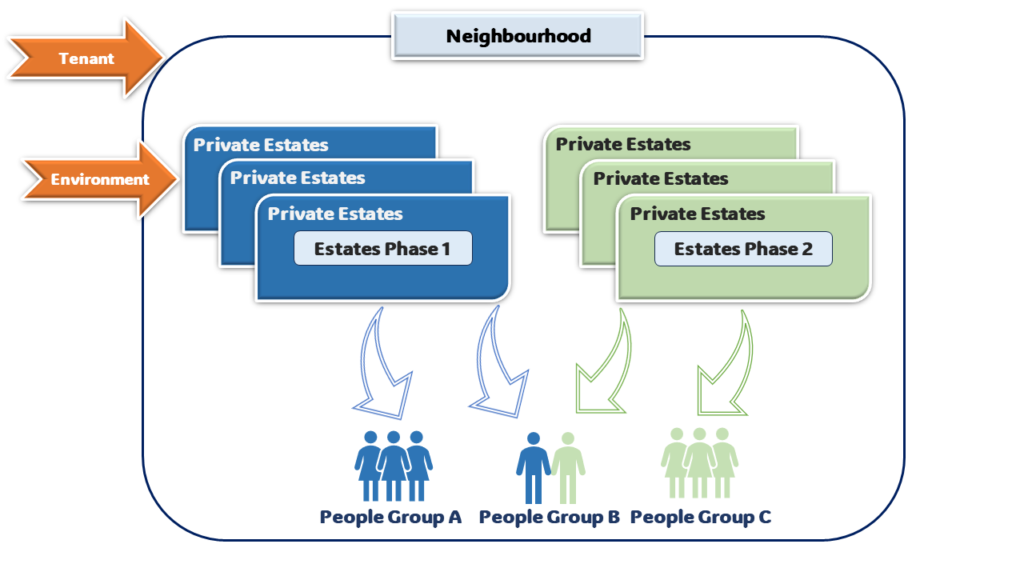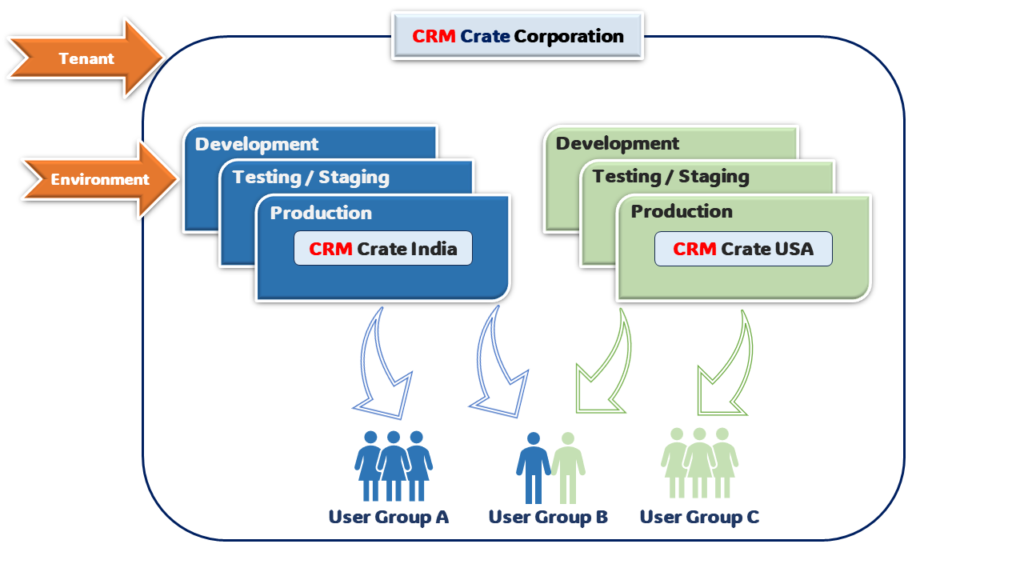In this blogpost, we will understand the concept and fundamentals of Tenants and Environments in Microsoft Power Platform. Before we begin, ensure you subscribe to CRM Crate to stay informed about the latest developments in the realm of Microsoft Power Platform.

Microsoft Power Platform is like a multi-purpose Swiss Army knife for businesses—it’s a suite of tools designed to empower everyday users to analyze data, automate processes, and create custom solutions without needing a computer science degree. With Power Platform, you can build apps, automate workflows, analyze data, and even create chat bots to streamline tasks and boost productivity across your organization. It’s like having a magic wand to turn your ideas into reality, all within the familiar Microsoft ecosystem.
Understanding the concept of Tenants and Environments in Microsoft Power Platform
Microsoft Power Platform is a suite of tools designed to empower organizations to analyze data, automate processes, and create custom applications with ease. At the heart of this powerful Power Platform architecture lie the concepts of tenants and environments, serving as the foundation upon which businesses build their digital ecosystems.
Let us now understand the fundamentals of Tenants and Environments in a user friendly & simplified way. Imagine , that Microsoft Power Platform as a lively city full of action, ideas, and chances to thrive. In this city, each organization lives in its own unique area called a tenant. Just like people in a neighborhood share things like roads and utilities, organizations in a tenant share access to all the cool stuff the Power Platform offers.
Now, within each tenant, there exists the concept of environments, which can be likened to individual properties or parcels of land within a neighborhood. Environments provide a segregated space where organizations can develop, test, and deploy their apps and solutions without impacting other areas within the tenant. Think of them as private estates within the city, each with its own unique characteristics and purposes.

For understanding more deeper into this analogy, let’s explore the role of tenants and environments within the Microsoft Power Platform:
- Tenants: The Neighborhoods of the Power Platform
A. Just as a city can have multiple neighborhoods, each with its own distinct vibe and community, the Power Platform accommodates multiple tenants, with each representing a separate organization.
B. Tenants serve as the administrative boundaries within which organizations manage their users, data, and resources.
C. From small businesses to large enterprises, tenants provide a scalable and flexible environment for organizations of all sizes to leverage the Power Platform’s capabilities. - Environments: The Private Estates
A. Within each tenant, environments offer segregated spaces where organizations can build and deploy their applications and workflows.
B. Environments come in various types, including Development, Test, and Production, allowing for a structured approach to application lifecycle management.
C. Organizations can customize their environments to suit their specific needs, configuring security settings, data sources, and integrations as required. - People / User: The residents of City
A. Administrator can configure the users and define which users should be part of which particular environment.
B. In our simplified scenario, the People Group A are permitted only to live in the Estate Phase 1, the People Group C are permitted only to live in the Estate Phase 2, whereas the People Group B are permitted to live in both Estate Phase 1 and Estate Phase 2.
C. Similarly, we can configure the users in Power Platform and define their scope of environment.
The below diagram demonstrates the actual working on Environments & Tenants in Power Platform where the Tenant is “CRM Crate Corporation” and within the tenant lies multiple environments segregated by the geolocations.

In conclusion, tenants and environments form the bedrock of the Microsoft Power Platform, providing organizations with the flexibility, scalability, and security needed to thrive in today’s digital landscape. By embracing these concepts and leveraging the full potential of the Power Platform, organizations can embark on a journey of innovation and transformation, driving success and prosperity in the modern world of business.





